What is a pigment?
Pigment is a substance that gives color or tint to an object or to a material. They are usually finely ground powders that can be mixed with water, oil, or other solvents to make paints, inks, and colored coatings.
They can also be used in a variety of industries, including textiles, plastics, cosmetics, and printing. Some of them are natural, extracted from plants or minerals, while others are synthetic, made from chemical compounds.
Common examples of pigments include titanium dioxide (white), iron oxide (red, orange, yellow), and carbon black (black).
What is pigment’s role in plastic and alkyd paint?
In plastic and alkyd paints, pigments play a crucial role in determining the final color and opacity of the paint.
They give color or tint to the paint and also provide hiding power to cover the substrate. They disperse in the paint to a specific particle size and their shape varies according to the application of the paint.
Some of them may also have additional properties, such as lightfastness, durability, and chemical resistance, which enhance the performance of the paint.
Without pigments, paints would be transparent or white, and would not be able to cover surfaces effectively.
How do chemical pigments make?
These are made through a chemical synthesis process.
The exact process and chemicals used can vary depending on the specific pigment being made, but generally, it involves combining different chemical compounds in a controlled environment to create a pigment with specific colors and properties.
For example, titanium dioxide, which is a common white pigment, is made by reacting titanium tetrachloride with oxygen or water vapor in a high-temperature chamber.
Pigments like cadmium red and yellow are made by reacting cadmium metal with sulfur or selenium compounds, while phthalocyanine pigments are made by reacting phthalic anhydride and amines to form a phthalocyanine molecule.
The final product is then carefully processed to ensure consistency and purity and may undergo additional treatments such as milling or surface treatment to improve its performance in a particular application.
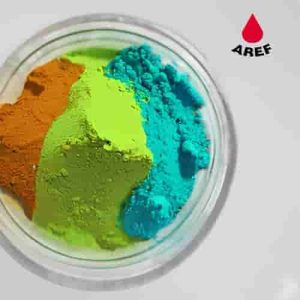
What are the types of pigments?
There are many different types of pigments, each with unique properties and characteristics. Here are some common types of them with examples:
- Organic pigments: These are derived from carbon-based molecules and are often used for bright and vivid colors. Examples include phthalocyanine blue and quinacridone magenta.
- Inorganic pigments: Made from minerals, metals, or chemical compounds, these are often opaque and offer good lightfastness. Examples include titanium dioxide white and iron oxide red.
- Natural pigments: These occur naturally in plants, animals, or minerals. Examples include indigo (from the indigo plant) and sepia (from cuttlefish ink).
- Synthetic pigments: These are made in a laboratory and are often more stable and consistent than natural ones. Examples include cadmium and azo pigments.
- Fluorescent pigments: These have the ability to glow under black light and are often used in safety and signage applications. Examples include fluorescent pink and yellow.
- Pearlescent pigments: These mimic the shimmering effect of natural pearls and are often used in automotive and cosmetic applications. Examples include mica-based and titanium-coated mica pigments.
- Interference pigments: These produce a shifting or iridescent color effect depending on the angle of view. Examples include interference gold and interference blue.
How can we offer all types of pigments?
Aref Chemical Company, the producer of all types of pigments, exports its products all over the world.
To get free advice and get more information and order the product you want, just contact us.
Our colleagues will answer you as soon as possible.
You can also follow Aref Chemical’s page on Instagram to keep up with news and events.

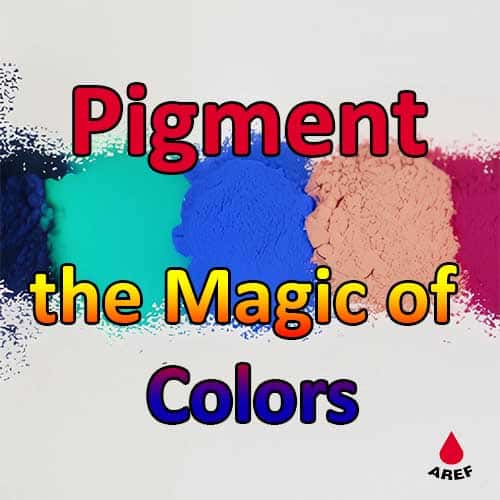
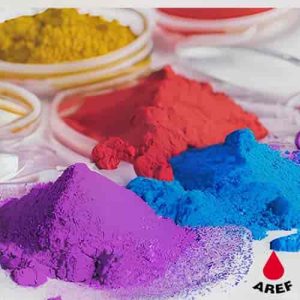
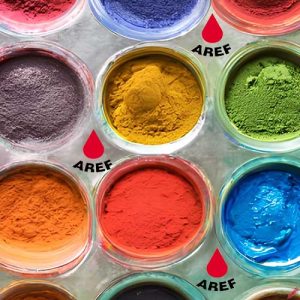
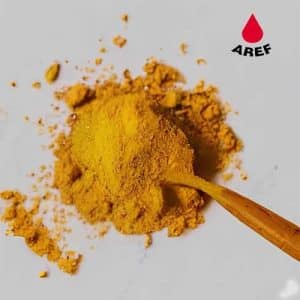
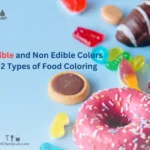

19 Responses
thank for your useful article. I need blue pigment. how can we offer?
We sent you an email. check please
Excellent post. I definitely love this site. Continue the good work!
I want to make a kind of very light blue with white paint. how much pigment I need and how I can make?
you can use blue pigment to mix with white paint. but check the classic RAL color chart to select the best color you need.
[…] The color of polyurethane varies depending on the specific formula and intended application. Polyurethane coatings and foams are clear or opaque and come in a wide range of colors. Some polyurethane products may also be colored and produced in a specific color with the help of pigments. […]
https://qomtamirat.com/
Good job thank you
https://qomtamirat.com/
thanks
https://tavatranslation.com/%d9%85%d9%87%d8%a7%d8%ac%d8%b1%d8%aa-%d8%aa%d8%ad%d8%b5%db%8c%d9%84%db%8c-%d8%a8%d9%87-%d9%81%d8%b1%d8%a7%d9%86%d8%b3%d9%87/
really good
https://behdama.com/%da%af%db%8c%d8%ac-%d9%81%d8%b4%d8%a7%d8%b1/
exactly
https://daroosf.com/%D9%85%DA%A9%D9%85%D9%84-%D8%A7%D9%86%D8%B1%DA%98%DB%8C-%D8%B2%D8%A7/
true
https://tavatranslation.com/%da%a9%d8%a7%d8%b1-%d8%af%d8%b1-%d9%81%d8%b1%d8%a7%d9%86%d8%b3%d9%87/
really useful
https://arefchemical.ir/%d8%a7%d9%86%d9%88%d8%a7%d8%b9-%d8%b1%d9%86%da%af-%d8%b3%d8%a7%d8%ae%d8%aa%d9%85%d8%a7%d9%86%db%8c/
👌👌
👍👍👍
🙏🙏🙏
So great pigment
white pigment I think is made by reacting titanium tetrachloride with oxygen
wow